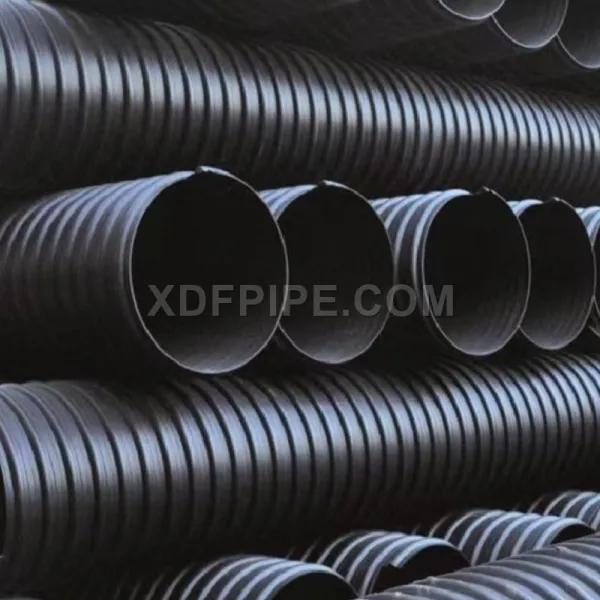Jun. 13, 2023
Construction
Drainage pipes are an integral part of any modern water management system. They are responsible for channeling excess water away from buildings, landscapes, and roadways, preventing flooding and water accumulation. By efficiently collecting and diverting water, drainage pipes ensure the structural integrity of buildings, protect landscaping features, and promote a safe and healthy environment.

Proper water drainage is crucial for several reasons:
Preventing Water Damage: Drainage pipes help prevent water from pooling around foundations, basements, and other vulnerable areas. By directing water away, they reduce the risk of water infiltration and subsequent damage to structures.
Erosion Control: Drainage pipes help manage runoff and prevent soil erosion in landscapes, gardens, and agricultural areas. They help maintain the stability of soil and prevent the loss of valuable topsoil.
Preventing Flooding: In urban areas, effective drainage systems with well-designed pipes are essential to prevent street flooding during heavy rainfalls. By efficiently collecting and directing water to proper outlets, drainage pipes reduce the risk of urban flooding.
Protecting Infrastructure: Drainage pipes play a vital role in preserving the integrity of roads, highways, and other infrastructure by preventing water damage and soil instability caused by inadequate drainage.
There are various types of drainage pipes available, each with its own set of characteristics and advantages. The most common types include PVC (Polyvinyl Chloride), HDPE (High-Density Polyethylene), and concrete pipes.
PVC drainage pipes are widely used for their lightweight, durability, and corrosion resistance. They are easy to install, cost-effective, and offer a long service life. PVC pipes have smooth interiors that promote efficient water flow and prevent clogging. They are available in various sizes and can be easily connected using fittings and solvent cement.
HDPE drainage pipes are known for their high strength, flexibility, and chemical resistance. They are commonly used in areas with unstable soil conditions or where seismic activity is a concern. HDPE pipes are lightweight, making them easy to handle and install. They have excellent resistance to abrasion and are resistant to biological growth, ensuring long-term performance.
Concrete drainage pipes are exceptionally strong and durable, making them suitable for heavy-duty applications. They are often used in large-scale projects such as municipal drainage systems and highway construction. Concrete pipes offer excellent resistance to external loads, making them ideal for installations where there may be heavy traffic or soil pressure.
When selecting drainage pipes, several factors should be considered:
Determine the anticipated flow capacity of the drainage system based on the amount of water expected to be managed. Consider factors such as rainfall intensity, surface area, and the number of outlets to ensure the selected pipes can handle the expected water volume.
Evaluate the installation requirements of the drainage pipes, including the terrain, depth of installation, and soil conditions. Some pipes may require specific bedding materials or installation techniques to ensure proper alignment, stability, and performance.
Consider the environmental conditions the drainage pipes will be exposed to, such as temperature variations, soil acidity, and chemical exposure. Choose pipes with suitable material properties and resistance to environmental factors to ensure longevity and performance.
Assess the maintenance requirements and durability of the drainage pipes. Consider factors such as ease of inspection, cleaning, and potential for damage due to root intrusion or external factors. Select pipes that require minimal maintenance and offer long-term durability.
Previous: A Comparative Analysis of HPMC and MHEC: Unveiling the Differences
Next: What is a rebar cap?
If you are interested in sending in a Guest Blogger Submission,welcome to write for us!
All Comments ( 0 )